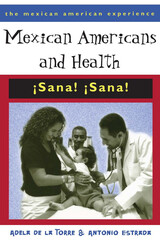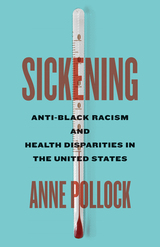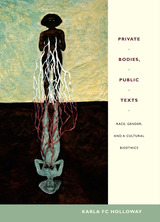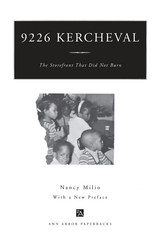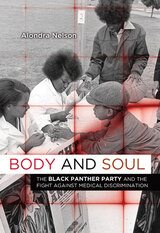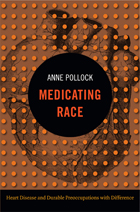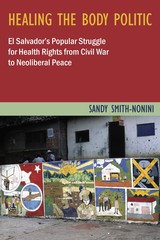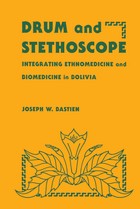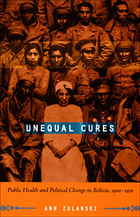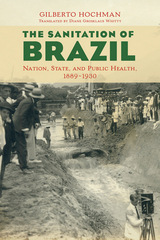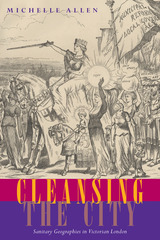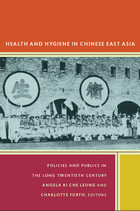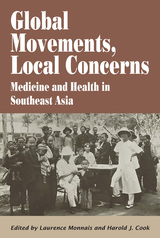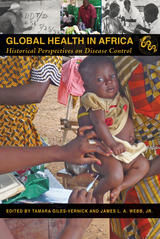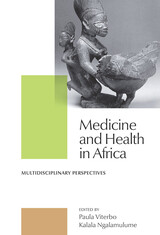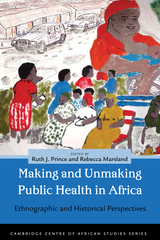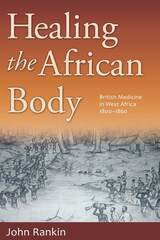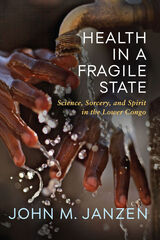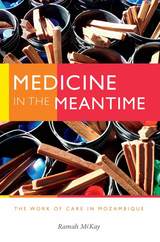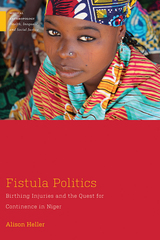Living and Dying in São Paulo: Immigrants, Health, and the Built Environment in Brazil
Duke University Press, 2025
Cloth: 978-1-4780-2672-3 | Paper: 978-1-4780-3098-0 | eISBN: 978-1-4780-9411-1 (OA) | eISBN: 978-1-4780-5993-6 (standard)
Library of Congress Classification RA464.S3L47 2025
See other books on: Caribbean & Latin American Studies | Health | Health aspects | Living | Social classes
See other titles from Duke University Press
Cloth: 978-1-4780-2672-3 | Paper: 978-1-4780-3098-0 | eISBN: 978-1-4780-9411-1 (OA) | eISBN: 978-1-4780-5993-6 (standard)
Library of Congress Classification RA464.S3L47 2025
ABOUT THIS BOOK | AUTHOR BIOGRAPHY | REVIEWS | TOC | REQUEST ACCESSIBLE FILE
ABOUT THIS BOOK
There is a saying in Brazil: “Mosquitoes are democratic: they bite the rich and the poor alike.” Why then is bad health---from violence to respiratory disease, from malaria to dengue---dispersed unevenly across different social and national groups? In Living and Dying in São Paulo, Jeffrey Lesser focuses on the Bom Retiro neighborhood to explore such questions by examining the competing visions of well-being in Brazil among racialized immigrants and policymakers and health officials. He analyzes the fraught relationship between Bom Retiro residents and the state and health care agencies that have overseen community sanitation efforts since the mid-nineteenth century, drawing out the connected systems of the built environment, public health laws and practices, and citizenship. Lesser employs the concept of “residues” to outline how continuing historical material, legislative, and social legacies structure contemporary daily life and health outcomes in the neighborhood. In so doing, Lesser creates a dialogue between the past and the present, showing how the relationship between culture and disease is both layered and interconnected.
See other books on: Caribbean & Latin American Studies | Health | Health aspects | Living | Social classes
See other titles from Duke University Press

